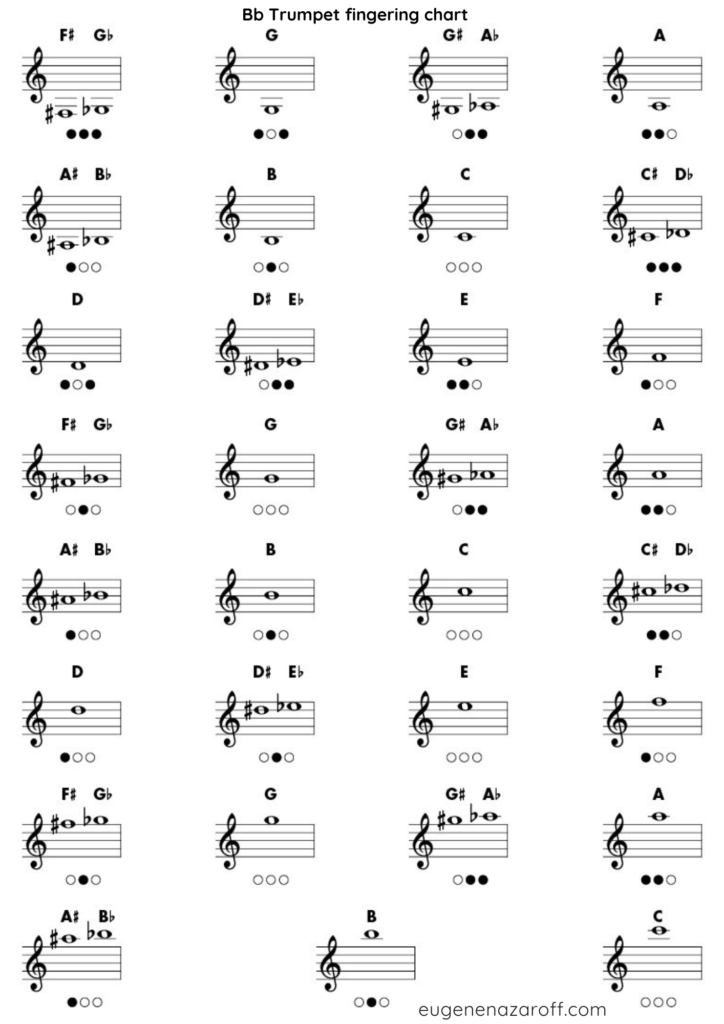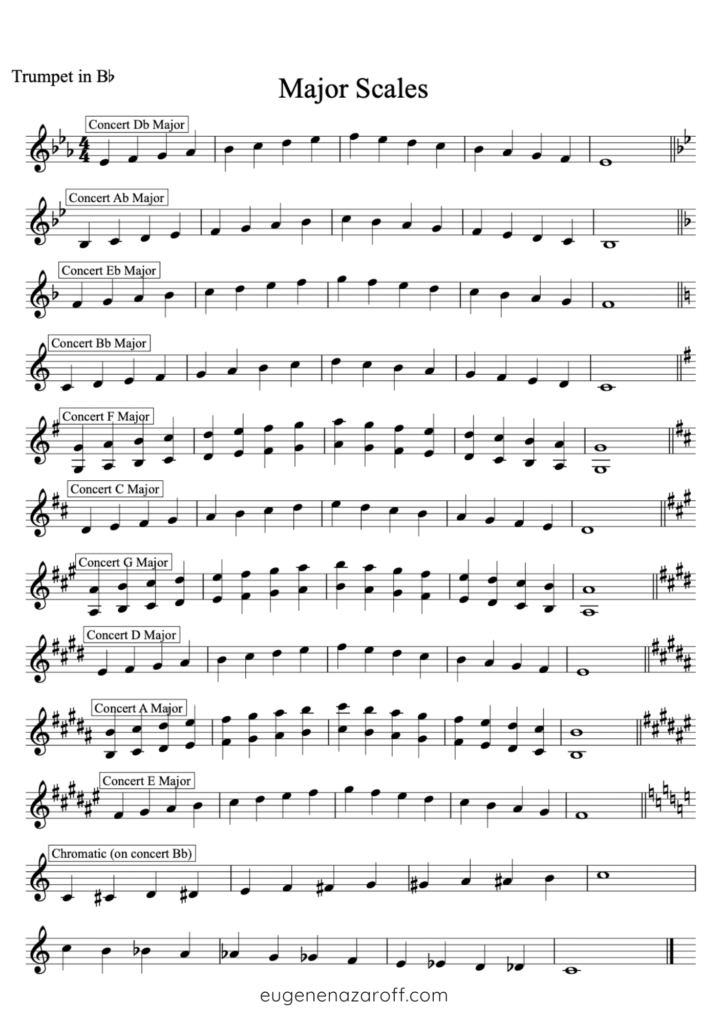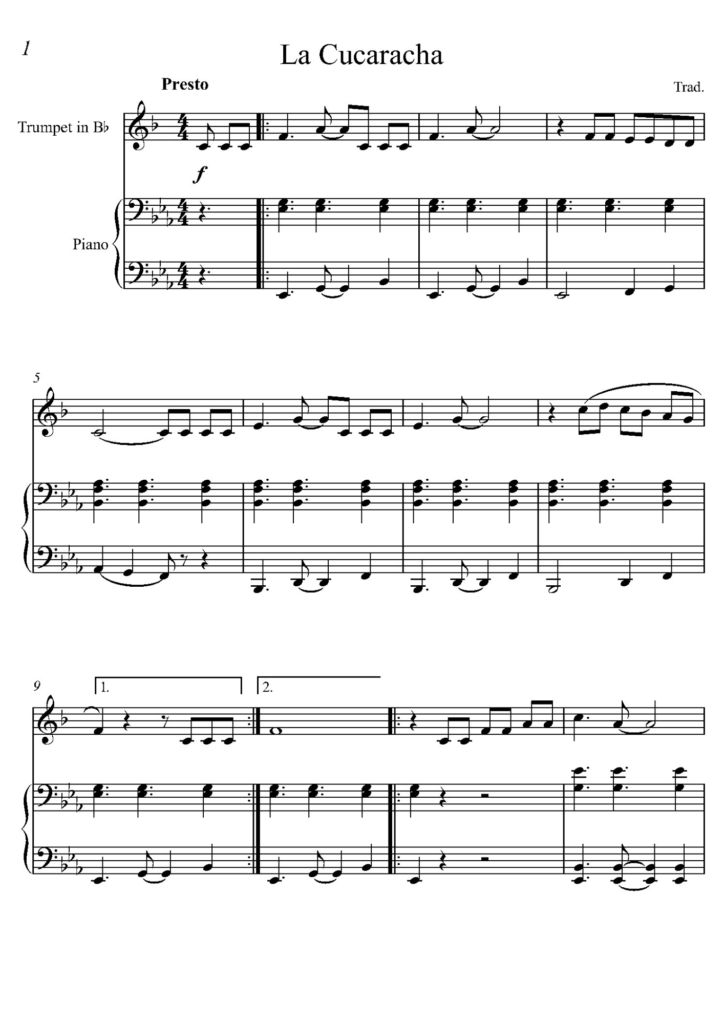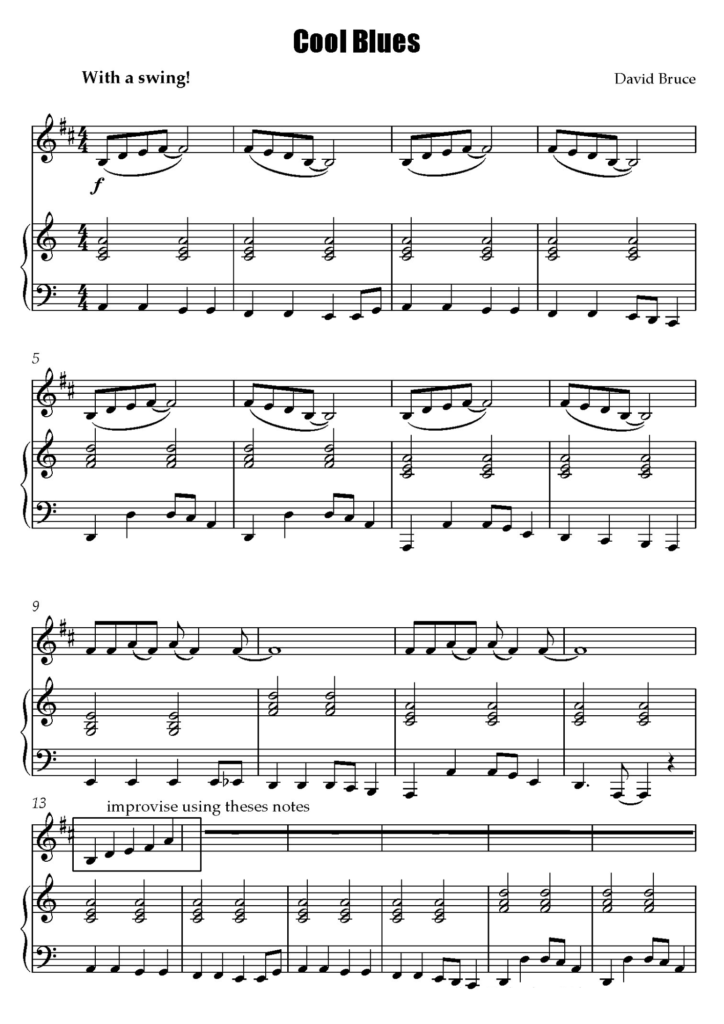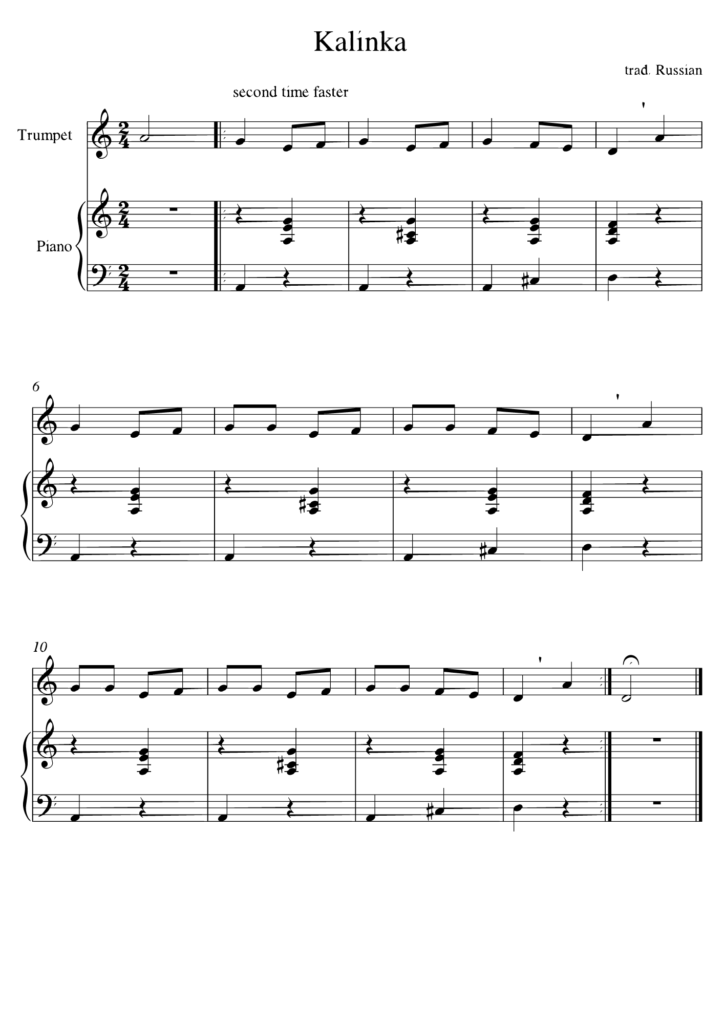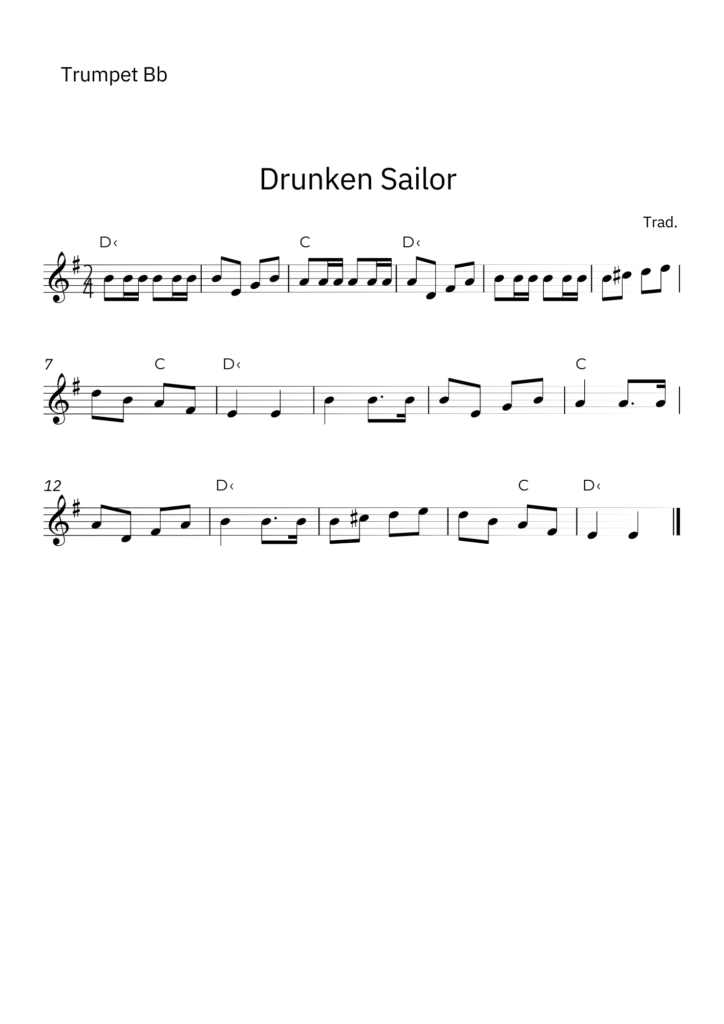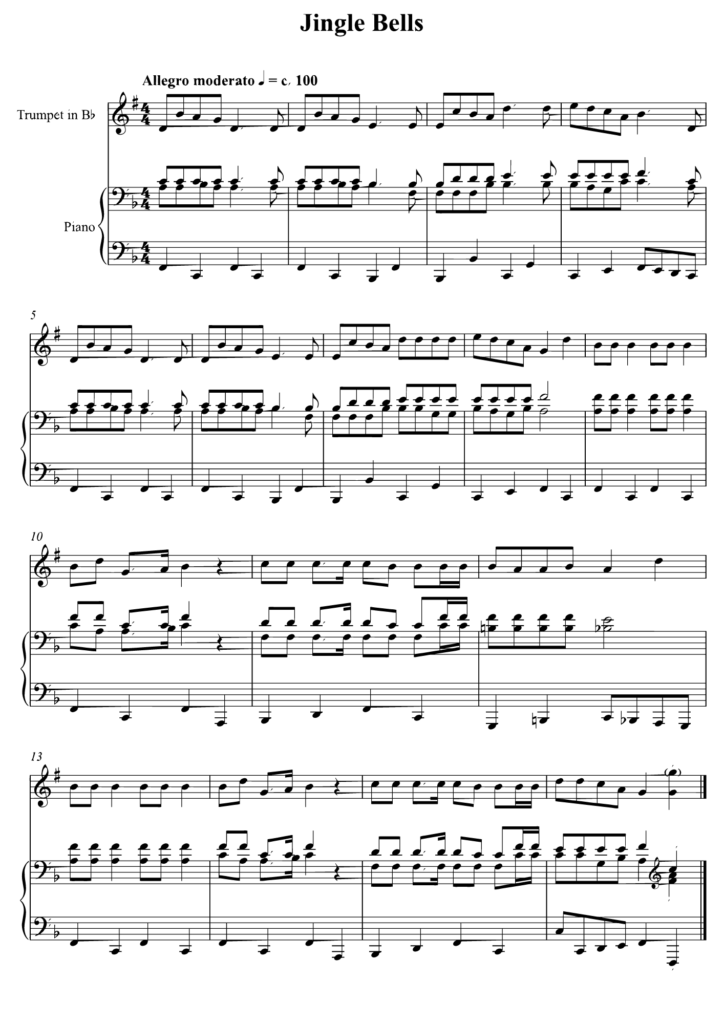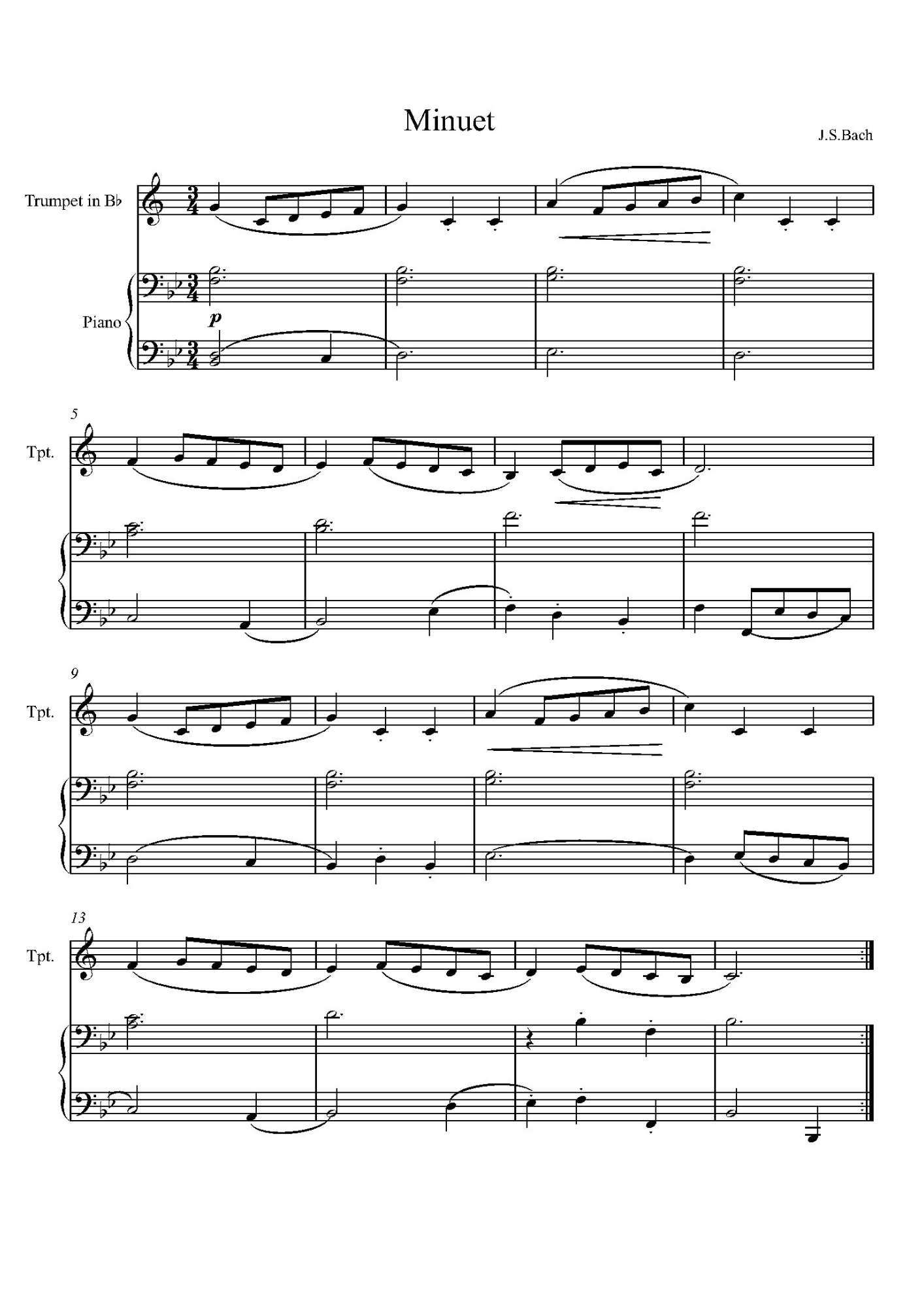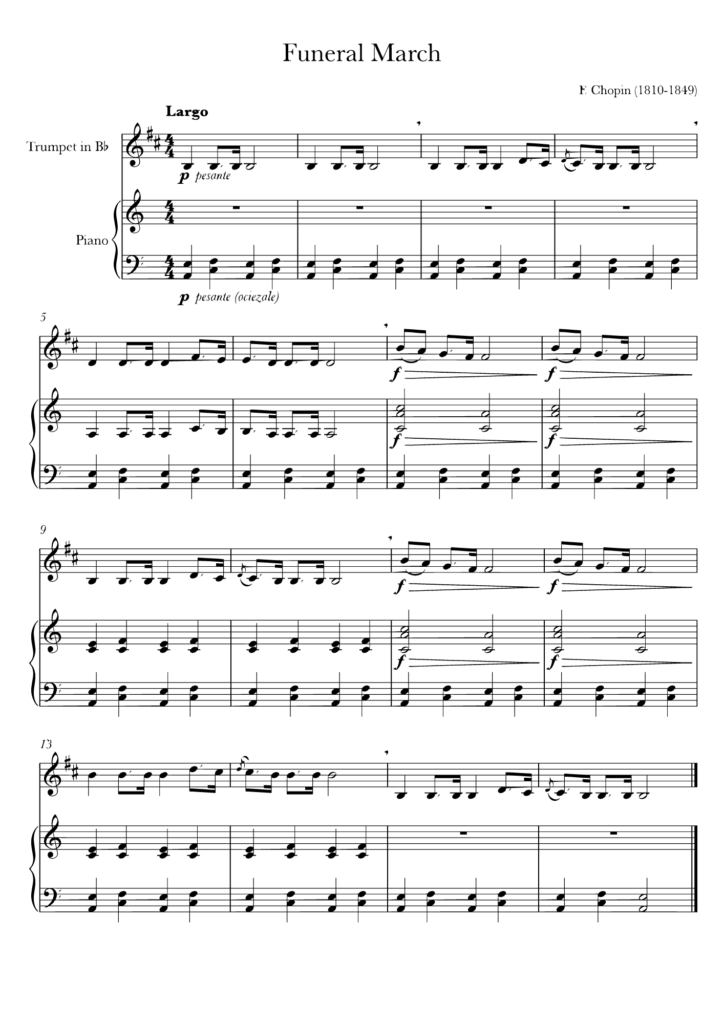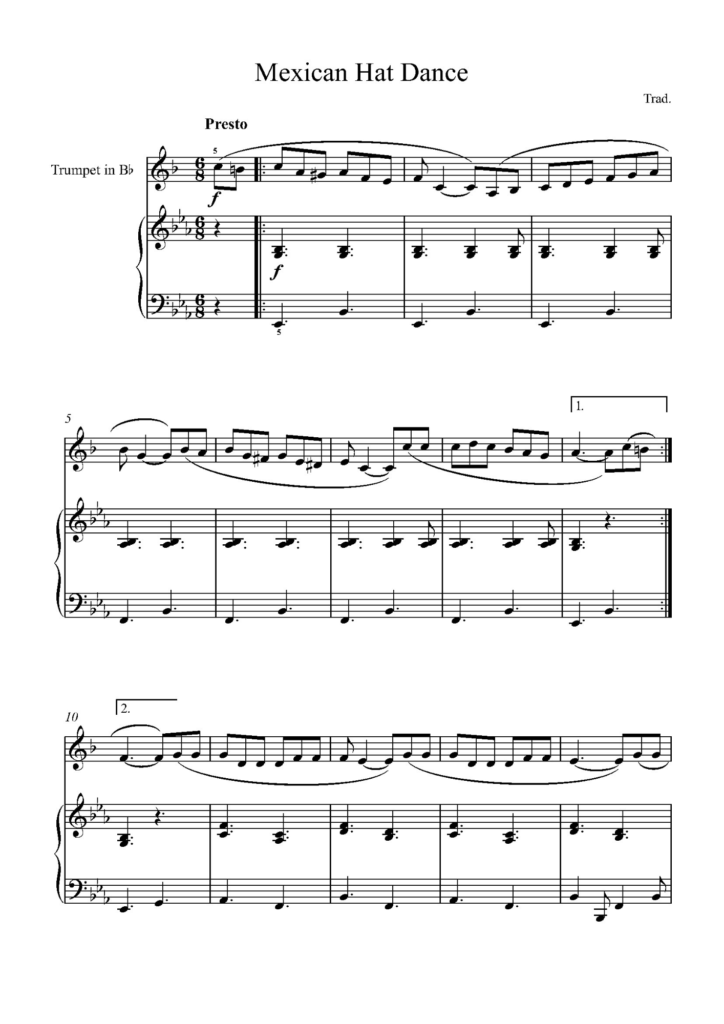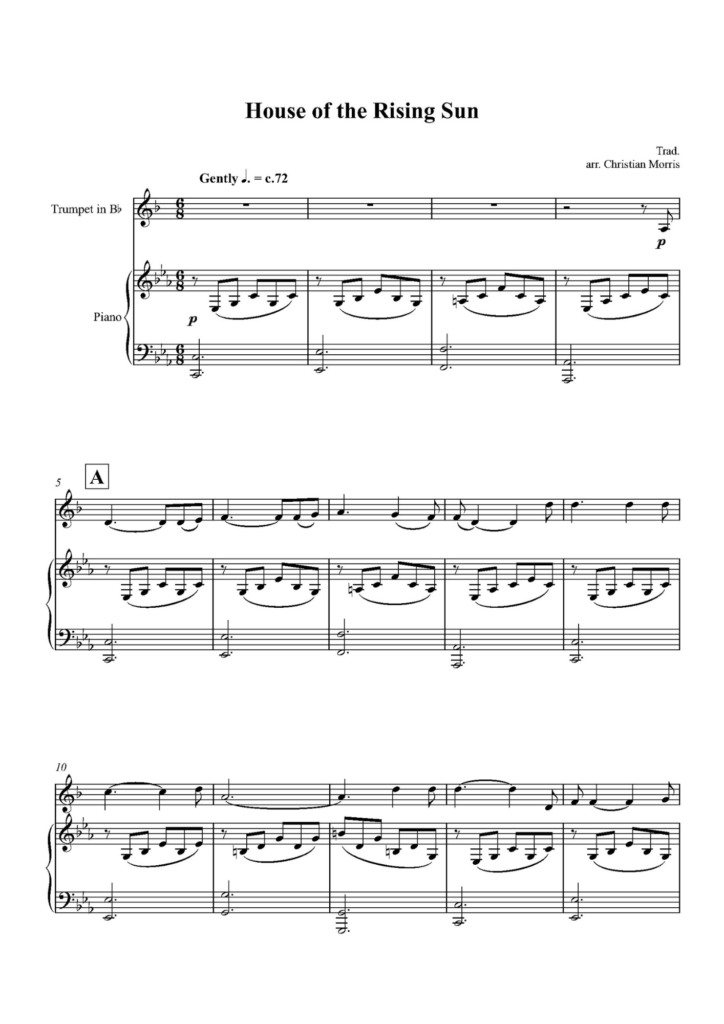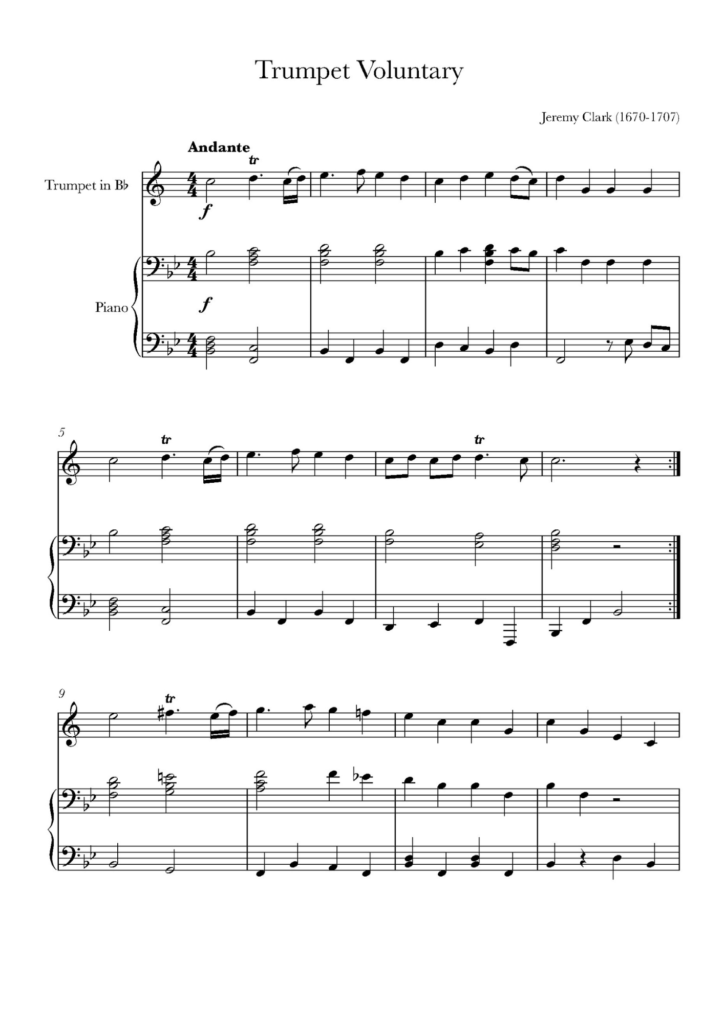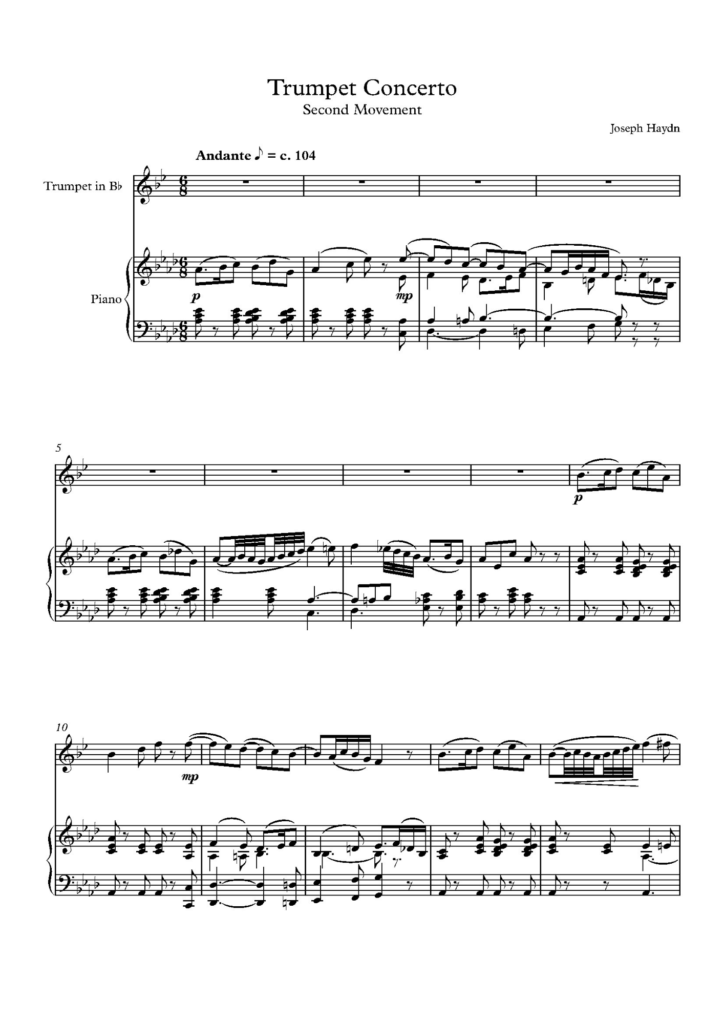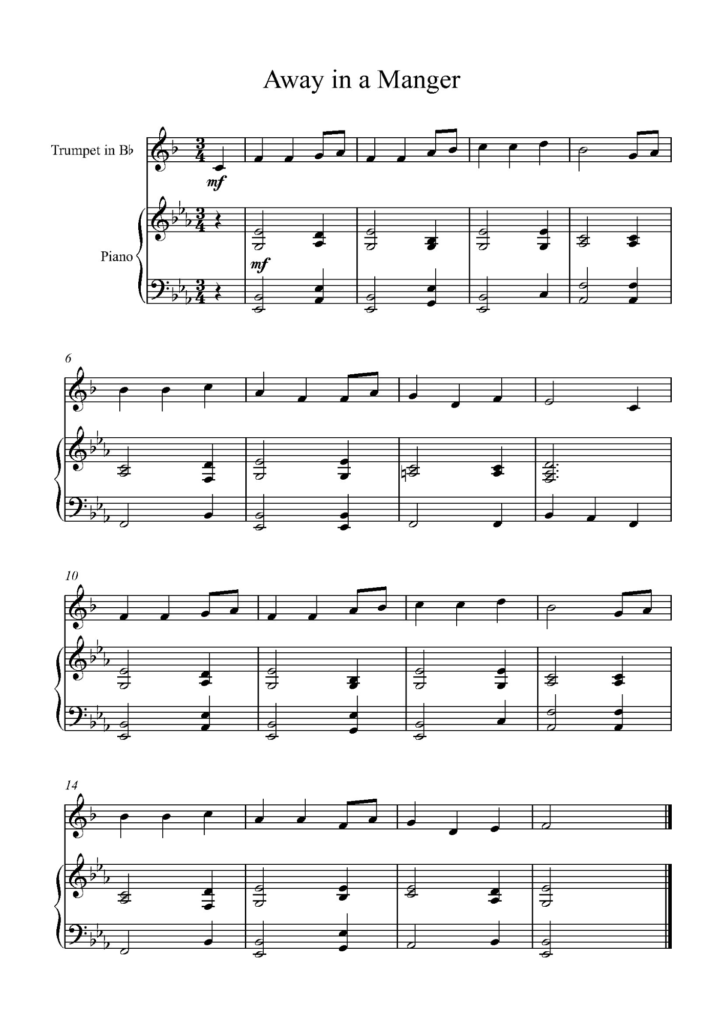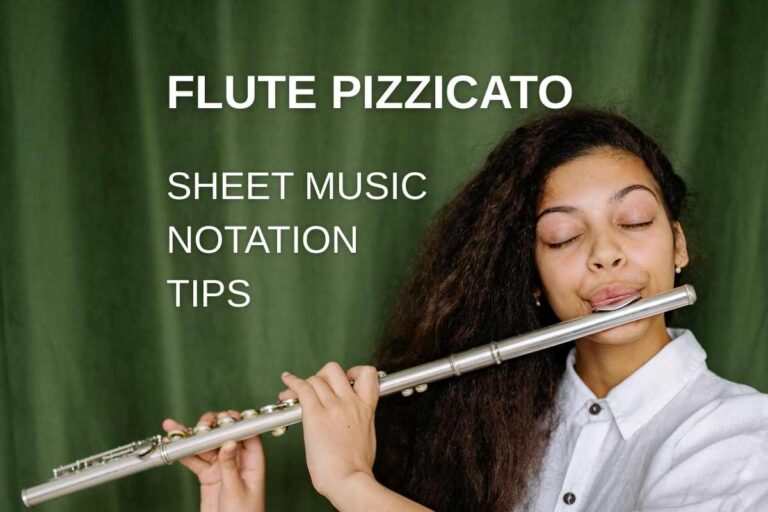Best B Flat Trumpet Fingering Chart PDF + 12 Notes — Download Now
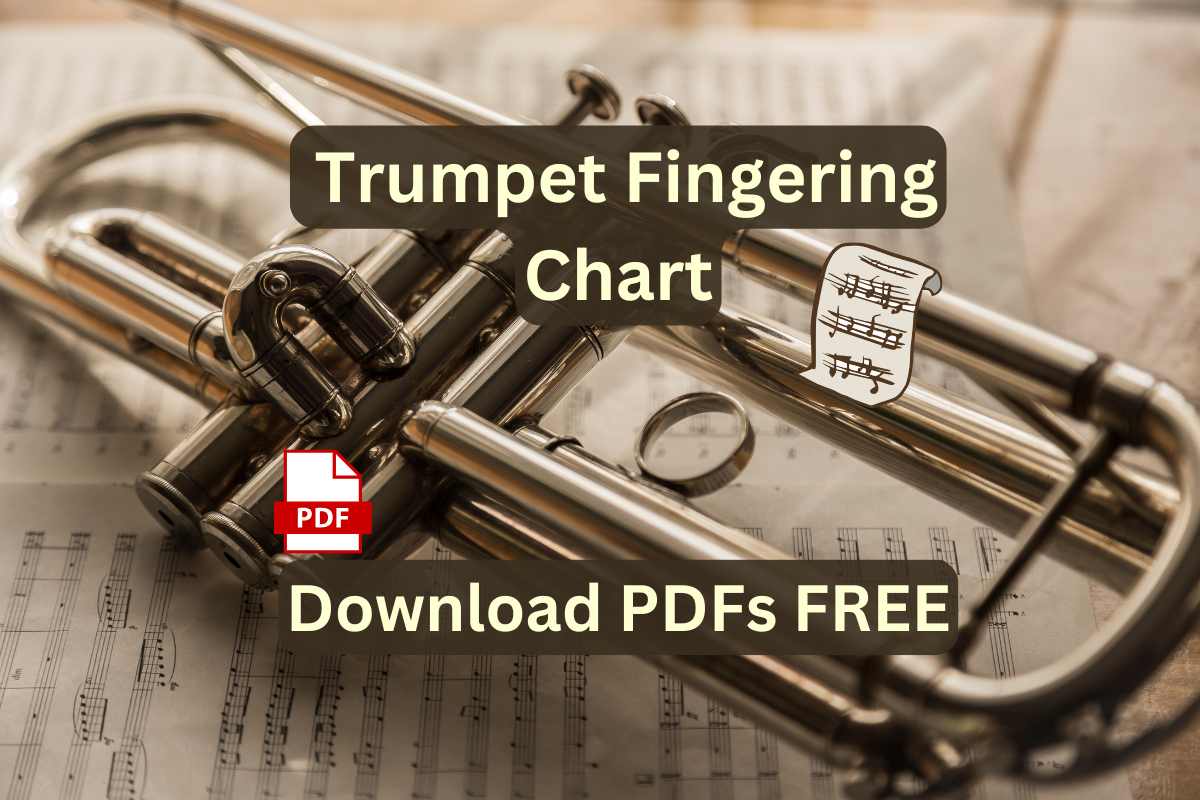
My Bb trumpet fingering chart PDF is a tool for beginners and advanced trumpists! It helps you learn which fingers to use for each note!
The standard Bb trumpet uses three valves (numbered 1-3) to change pitch. These valves allow you to play a full chromatic scale from low F♯ to high C. Use alternate fingerings to improve intonation or ease transitions.
For beginners, learn standard fingerings BEFORE alternates!
Download your B♭ trumpet fingering charts today! Get your new learning materials PDFs! Looking for more materials? Check out “5 Trumpet Tone Exercises PDF — Free Sheet Music + Pro Tips For Routines“!
Bb Trumpet Fingering Chart
A trumpet fingering chart shows all notes and their valve positions from low C to high C. It helps you learn which valves to press for each note — essential for beginners!!
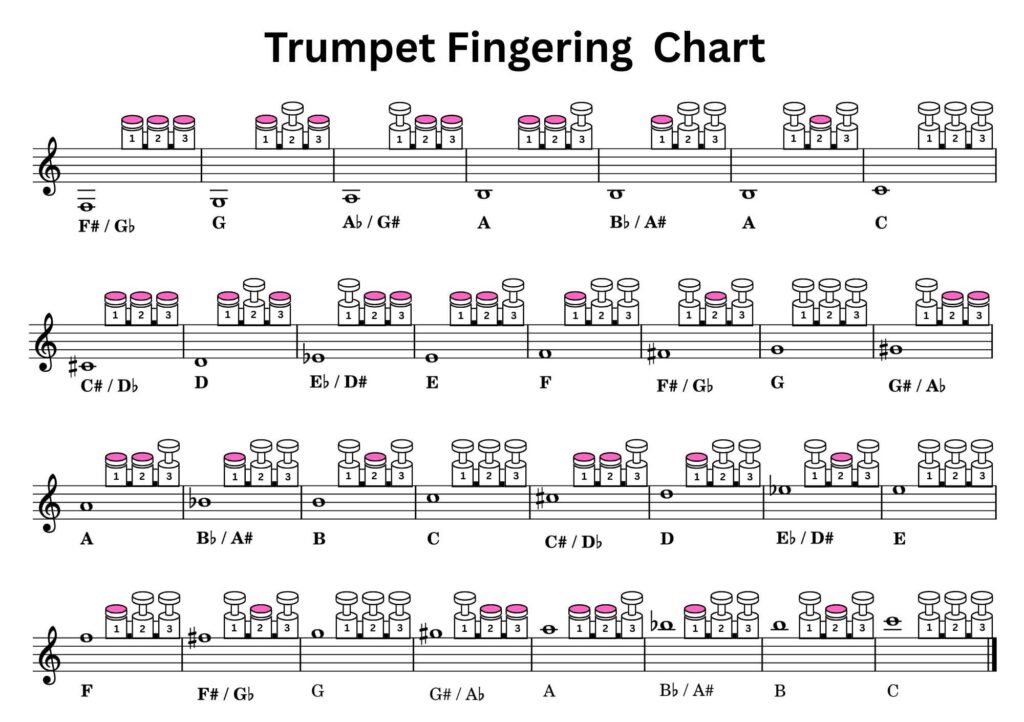
The trumpet fingering chart shows which partials or harmonics to play. The same valve position produces different notes, depending on your lip tension! Charts help with sight-reading and playing in other keys.
Finger Placement
The 1st valve is closest to the mouthpiece, the one nearest your lips. The 2nd valve sits between the 1st and 3rd valves. The 3rd valve is closest to the bell.
Keep your hand relaxed while playing. Place your index finger on the 1st valve. Then, put your middle finger on the 2nd valve. Finally, set your ring finger on the 3rd valve.
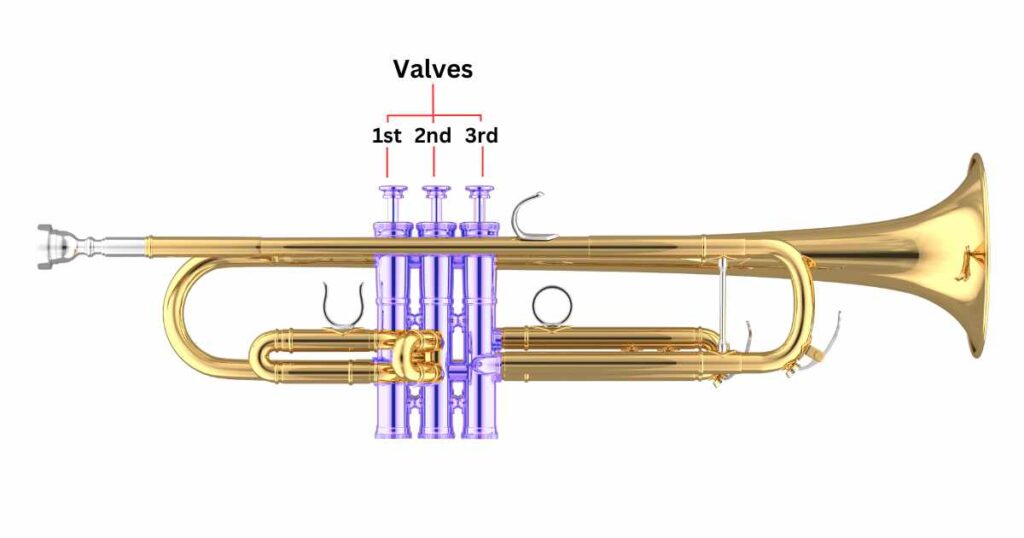
Always keep your fingertips on the valves while playing. This helps you move quickly between notes. Read my post about “Trumpeter 5 First Steps: How to Hold a Trumpet Like a Pro” for more details!
Each valve needs the right finger position. Press different valves to play notes from low C to high C. Use the trumpet fingering chart PDF to guide you.
Proper Technique
Press valves down quickly, even in slow music. Slow valve movement creates “smeary” transitions between notes.
Make sure your valves are properly aligned! Misaligned valves can make playing harder (and your trumpet won’t sound as good).
Bb Piccolo Trumpet Fingering Chart (4 Vavle Trumpet)
The piccolo trumpet’s fourth valve is tricky for new players. This extra valve needs your left hand’s pinky or index finger to work.

Playing gets harder with this valve. You’ll need better finger skills and more breath control for some music parts.
Without this valve, playing baroque music would be very difficult. For example, the low F note for pieces like Handel’s “The Trumpet Shall Sound” isn’t possible on a 3-valve piccolo trumpet.
When playing a piccolo trumpet, the 4th valve helps with low notes. For low D, just press the 4th valve alone (this works like pressing valves 1 and 2 together).
Want to play low C#? Press the 2nd and 4th valves at the same time. The fourth valve also helps you play notes below F# (a challenge for many beginners).
For very low notes (anything below F#), use the 4th valve plus the normal fingering with the other valves (this technique takes practice).
Trumpet Fingering Chart — Chromatic Scale
The chromatic scale — from low F# to high C — helps you learn trumpet key signatures. Playing this scale has many benefits for beginners.
There are 12 notes in a chromatic scale. Try making patterns (tone-tone-semitone) to learn major scales better. Don’t just memorize your scales — try to feel where the notes change.
When you practice scales, work on both octaves. If high notes are hard, move down an octave first. If low notes give you trouble, spend extra time on them.
Understanding Valve Sequence: Index, Middle and Ring Fingers
A trumpet changes its pitch using valves — the buttons you press down. These valves make the tube longer or shorter to create different notes. This is how all brass instruments work!
When the tube gets longer, the pitch gets lower. When it’s shorter, the pitch gets higher. Similar like how bigger dogs have deeper barks!
- The 1st valve lowers the pitch by one whole tone. It adds 6.3 inches (160 mm) of tubing.
- The 2nd valve lowers the pitch by a half tone, extending your horn by 2.76 inches (70 mm).
- The 3rd valve lowers the pitch by one and a half tones — extra 10.63 inches (270 mm) of tubing.
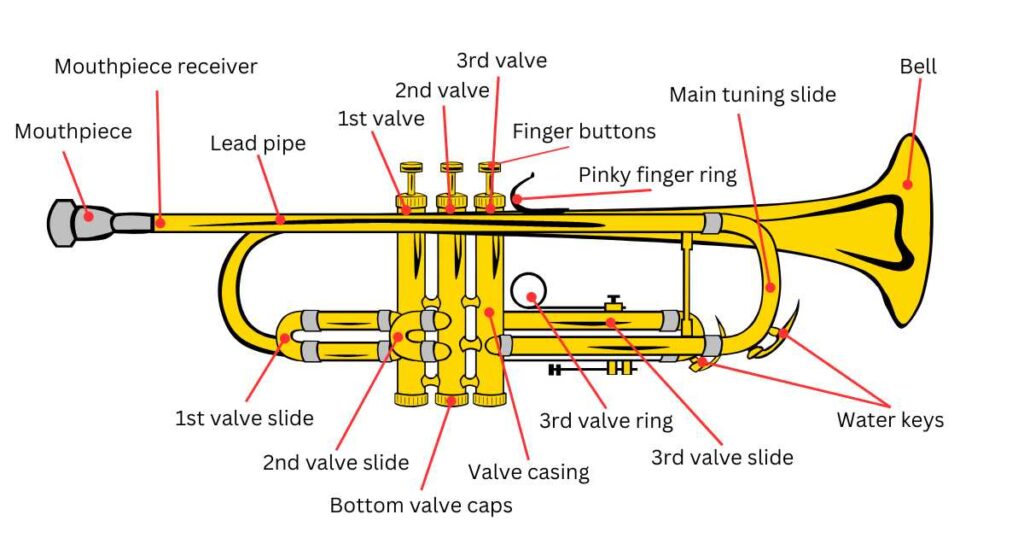
1 – Open – no vavles depressed
The first position is the open position. All three valves are in the down position and no additional slide tubing adds to the length of the trumpet. This is the trumpet’s natural pitch. Notes: C, G, C, E, G, C

2 – 2nd valve depressed
The second position is the first partial. Press the 2nd valve to add 2.76″ of tubing — this makes the pitch a half-step lower. Notes: B, F sharp, B, D sharp, F sharp, B

3 – 1st valve depressed
The third position is the 2nd partial. The 1st valve it adds a 1st slide tubing to the length of the horn. It makes the trumpet play a whole step lower. Notes: A sharp, F, A sharp, D, F, A sharp

4 – 1st & 2nd valves depressed
Both the 1st and 2nd valves add two slide tubings to their length. You can also play the 4th position with the 3rd valve only. It lowers the instrument by a minor 3rd. Notes: A, E, A, C sharp, E, A

5 – 2nd & 3rd valves depressed
The 2nd and 3rd valves give a harmonic overtone series of four semitones lower. Notes: G sharp, D sharp, G sharp, C, D sharp, A sharp

6 – 1st & 3rd valves depressed
Pressing the 1st and 3rd valves for the 6th position makes your horn play a perfect 5th lower than its natural pitch. Notes: G, D, A, G, D, G

7 – 1st, 2nd, and 3rd valves depressed
For the 7th position, press all 1st, 2nd, and 3rd valves. This is three steps lower (six semitones) than the fundamental. Notes: F sharp, C sharp, G sharp, F sharp, C sharp, F sharp

Start Your Trumpet Journey With
Beginners Trumpet Notes
Do you remember the thrill of playing your first notes? I still get excited thinking about my first sounds! Getting started is easier than you might think. You only need three things: a trumpet (check out our list of “Best Beginner Trumpets — 11 Top Brands And Models “), some sheet music, and a few basic skills!
Master the Basics
First, learn to press the valves in the right order. A trumpet fingering chart is your best friend when starting out. Don’t push too hard on those valves — many beginners make this mistake. The valves should move freely without sticking.
Once you can play basic notes, use a metronome during practice. Set it to ~ 60-80 BPM for beginners. As you get better, you can speed up the tempo.
Stay in Tune
A tuner helps make sure your notes sound right. Clip-on tuners attach right to your trumpet’s bell. Stand-alone tuners have built-in mics to hear your playing.
App tuners work on your phone too. Use these when you’re traveling! These work best in quiet rooms. Tuners help you play with the correct pitch every time — your ears will thank you later!
Ready to make some music? Grab your trumpet sheet music PDFs and start playing today!
Intermediate Trumpet Sheet Music
Once your beginner trumpet skills improve, it’s time to try harder music. Intermediate trumpet sheet music gives you new challenges as you grow as a player. If you need a better instrument for this level, check out my “9 Best Intermediate Trumpet Options for Every Budget“!
Intermediate trumpet music is more technical. You change notes more often and play with better control. Moving smoothly between notes becomes VERY important at this level.
Reading music correctly matters even more now. Different pieces use different time signatures and rhythms. With practice (I promise), understanding sheet music will become natural to you.
These pieces help you grow in many ways. You’ll build your music collection, learn new techniques, and explore different music styles:
Conclusion
This guide with the Bb trumpet fingering chart is a solid resource for new players. It has all the info you need to play correctly. You’ll learn which fingers to use for each note!
The chart also shows which fingerings work best with different music passages. So don’t wait! Download your B♭ trumpet fingering chart today. Thank you so much for reading this guide — I hope you found it helpful!


